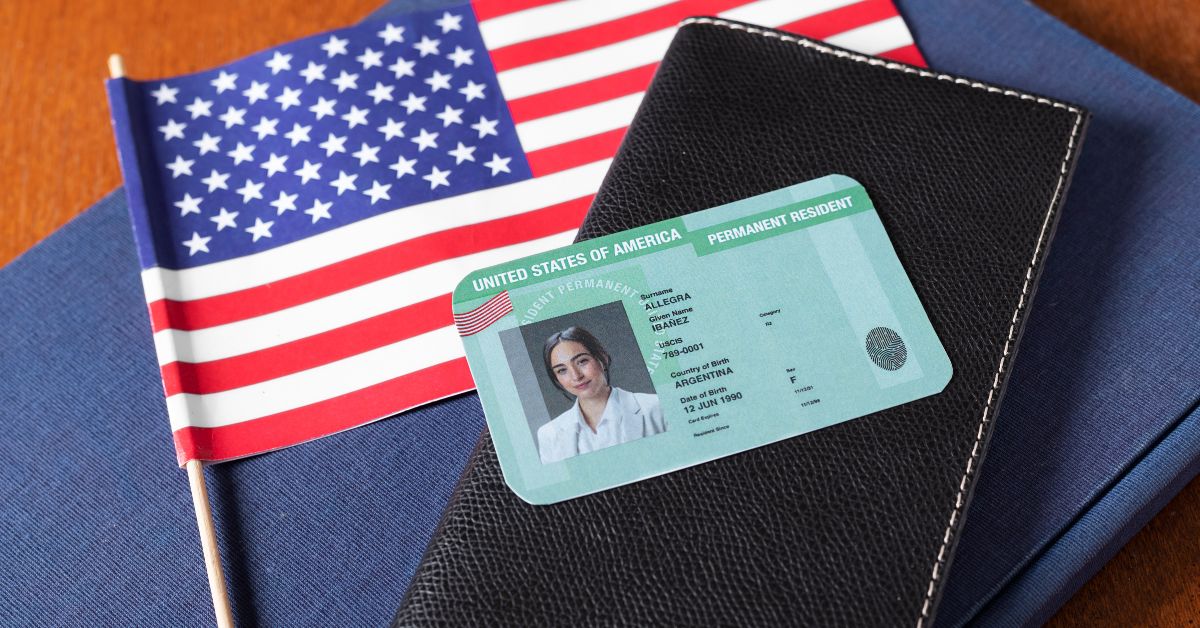Many DACA (Deferred Action for Childhood Arrivals) recipients in the U.S. dream of securing a permanent legal status — and a green card represents a significant step toward that goal. But the pathway isn’t always clear. Whether through marriage, employment sponsorship, or advanced parole, the process for obtaining a green card varies. In this article, we’ll break down all your options, eligibility criteria, and the 2025 updates impacting this transition. So if you’re wondering, “can DACA apply for green card?” — keep reading.
Pathways Available: Can DACA Apply for Green Card?
1. Marriage to a U.S. Citizen
This is one of the most common ways DACA recipients transition to a green card. If you legally entered the U.S. (even if your visa is now expired), and you marry a U.S. citizen, you can apply for adjustment of status within the country. This process avoids the need to leave and re-enter, which could trigger immigration penalties.
2. Employment-Based Green Card
This option is less common but still viable. To qualify, DACA recipients must have maintained lawful entry and be sponsored by an employer for a work visa (like H-1B). The process includes labor certification and employer petitioning.
3. Advanced Parole
Previously offered under DACA, advanced parole allows recipients to leave the U.S. temporarily and return legally — qualifying them for adjustment of status. Although currently restricted, this pathway might reopen with future legal changes.
4. Immediate Relative Petitions
If you have a U.S. citizen parent or adult child (over 21), you might qualify under this family-based immigration category. However, previous unlawful presence may require a waiver.
Legal Hurdles and Common Barriers for DACA Recipients
Unlawful Presence & Waivers
Most DACA recipients entered the U.S. without inspection. If you accrued unlawful presence, leaving the U.S. might trigger a 3- or 10-year bar. You’ll need an I-601A waiver before applying abroad.
Lack of Legal Entry
Only those who entered legally (even if now undocumented) can adjust status within the U.S. Others must go through consular processing, often involving risk.
Changes in Policy
DACA’s legal standing has been challenged numerous times. While renewals continue, the uncertain policy landscape may affect future adjustment pathways.
Step-by-Step Process to Apply for a Green Card as a DACA Recipient
1. Identify the Right Pathway
Choose between family-based, employment-based, or other eligible categories.
2. Collect Necessary Documentation
Documents might include:
-
Valid DACA approval
-
Marriage certificate or employment letter
-
Proof of lawful entry (I-94, advanced parole document)
-
Affidavits, tax returns, and identification
3. File USCIS Forms
Depending on your path:
-
I-130: For family-based petitions
-
I-485: For adjustment of status
-
I-601A: For unlawful presence waiver
-
I-765: Optional for work permit
4. Prepare for Interview & Biometrics
You will attend a biometrics appointment and, potentially, a green card interview to verify eligibility and intent.
5. Await USCIS Decision
The timeline varies based on category. Family-based adjustments may take 12–24 months.
Can You Have More Than One LinkedIn Account?
Meta (160 characters):
Having multiple LinkedIn accounts may violate LinkedIn policies. Learn how to manage your professional brand with just one official profile.
Benefits of Green Card for DACA Recipients
-
Long-term legal residency
-
Freedom to travel outside the U.S.
-
Access to federal financial aid
-
Pathway to U.S. citizenship
-
No more DACA renewal stress
How Can a Father Lose Visitation Rights?
In cases involving DACA parents, a father might lose visitation rights due to:
-
Abuse or neglect history
-
Violation of court orders
-
Substance abuse or criminal behavior
-
Failure to maintain contact or support
-
Endangerment to the child’s well-being
FAQs
Q1: Can a DACA recipient adjust status without leaving the U.S.?
Yes, if they had a lawful entry or traveled on advanced parole.
Q2: Can DACA apply for a green card through marriage?
Yes, especially if married to a U.S. citizen and had lawful entry.
Q3: Does advanced parole still work in 2025?
It’s limited under current rules, but could be reintroduced. Check current USCIS guidelines.
Q4: Can DACA recipients apply for employment-based green cards?
Yes, but only if they entered the U.S. legally and meet all work visa requirements.
Q5: What if a DACA recipient overstayed their visa?
If they originally entered legally and overstayed, they may still qualify for status adjustment — with or without waivers depending on the case.
Conclusion
Absolutely — though it may take time and legal planning. DACA is temporary, whereas a green card opens doors to permanent residency, employment benefits, and citizenship. Understanding the current laws and preparing a strong case with the right documentation can drastically increase your chances.
Always consult an immigration attorney for personalized guidance.

